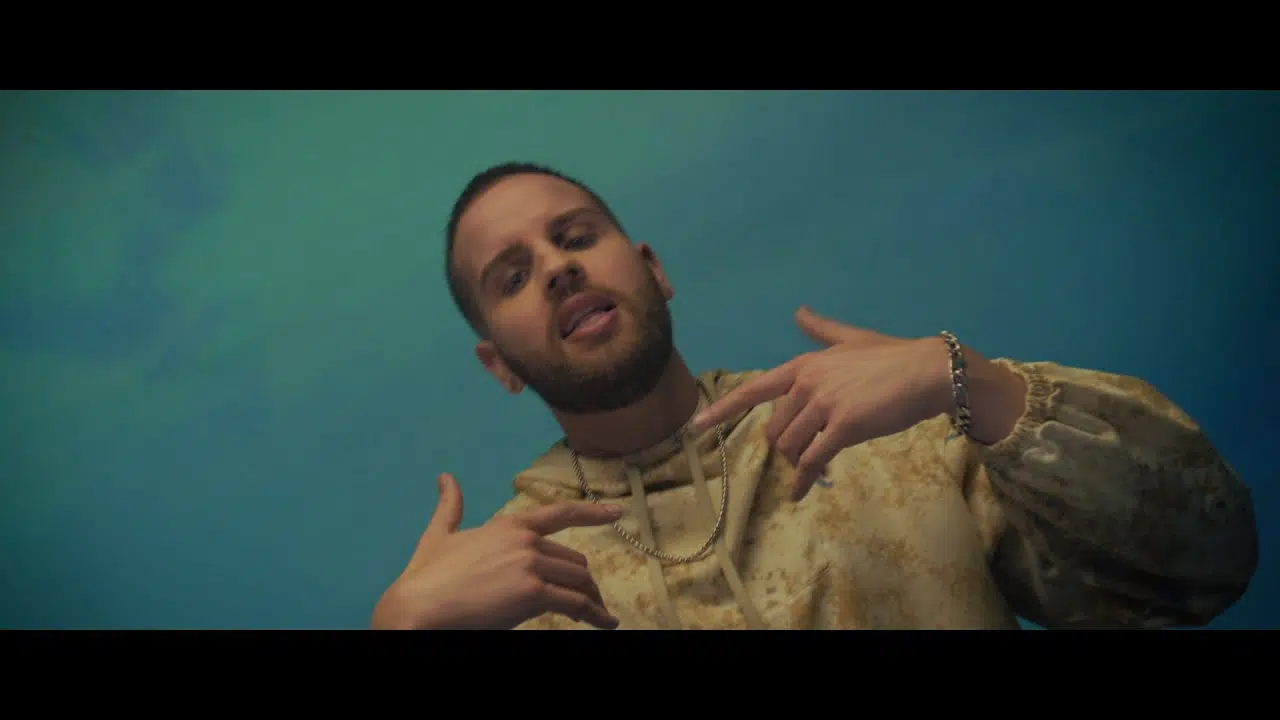“If you’re sad and you know it, stomp your feet!” Almost everyone knows the old song. But does dancing actually improve health?
Dance and the Elderly
Actually, research suggests that it does. “Dancing now ranks as one of the best exercises. A new study in Frontiers in Human Neuroscience suggests that dancing might be a more effective exercise than regular fitness training in slowing down the signs of aging. The AARP noted that dance appeared to benefit both dementia and Parkinson’s patients; one research scientist tells their newsletter that “”The focus is on helping them find new ways of moving and to improve the speed at which they move”. A study in Frontiers in Aging Neuroscience found that elderly individuals who took part in Greek traditional dance classes experienced significant improvements in their overall fitness.
Dance and Youth
So, it would seem that dancing is good for the elderly. But what about at other ages? “Dance is a great tool for helping children grow and develop in various ways. It aids in their physical, emotional, social, and cognitive maturity. The National Dance Education Organization recognizes that dance offers not only physical benefits but also positively affects emotions, social skills, and cognitive abilities.
Dance and Therapy
Dance is now being used as a form of therapy. DMT programs – dance/movement therapy – is used in psychiatric hospitals, one-on-one treatment, and general hospitals. “Dance therapy… is rooted in the idea that mind and body are inseparable,” one text says. Research suggests it’s an effective treatment. One study shows that DMT groups experienced a decrease in depression scores.
So does dance improve health? It certainly seems to do so! Here’s your excuse to break out your old tap shoes, and start moving!

